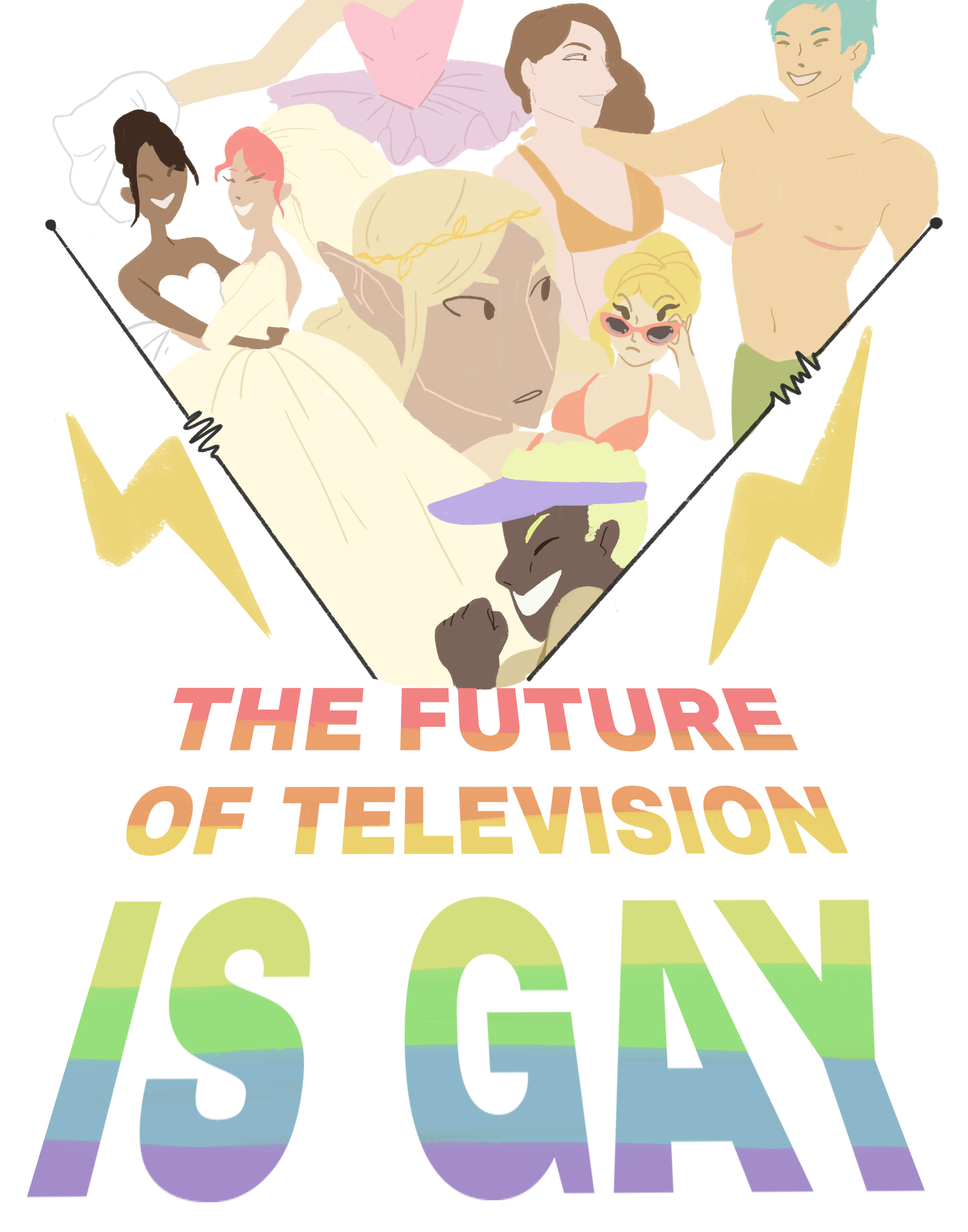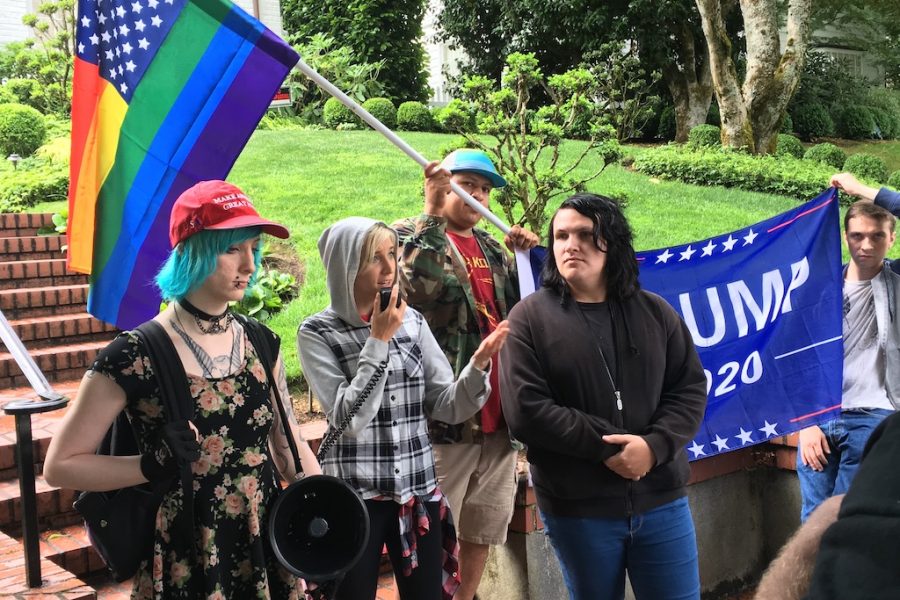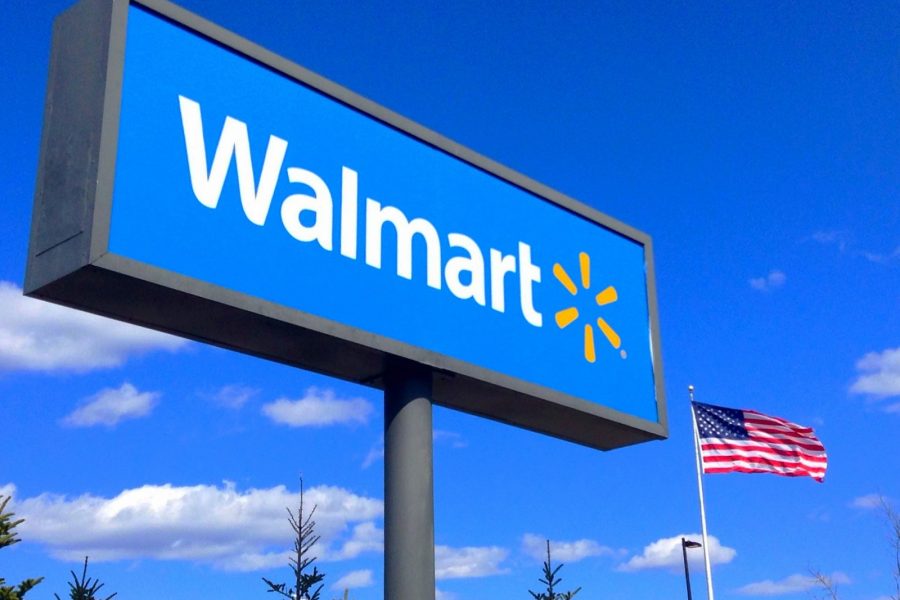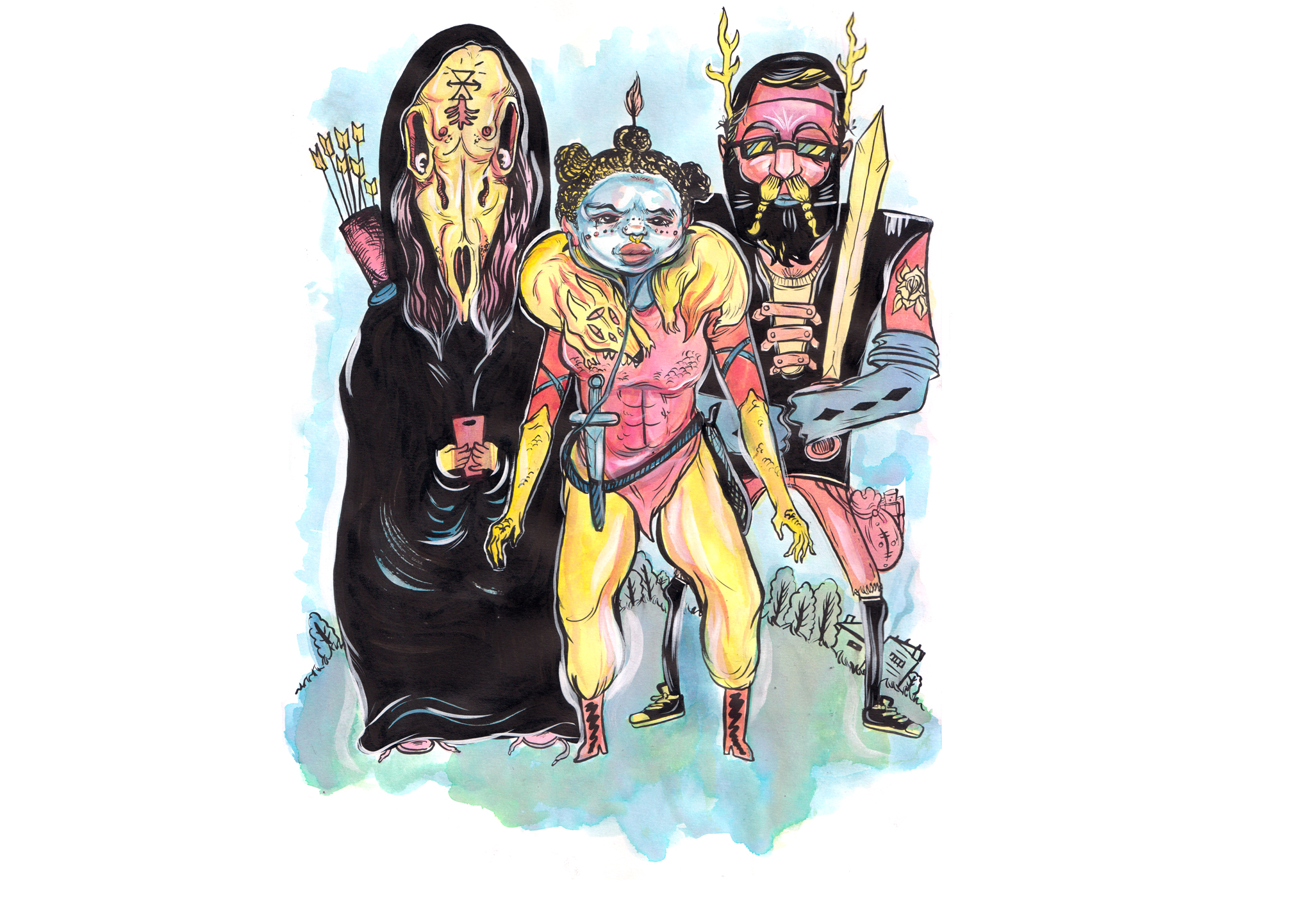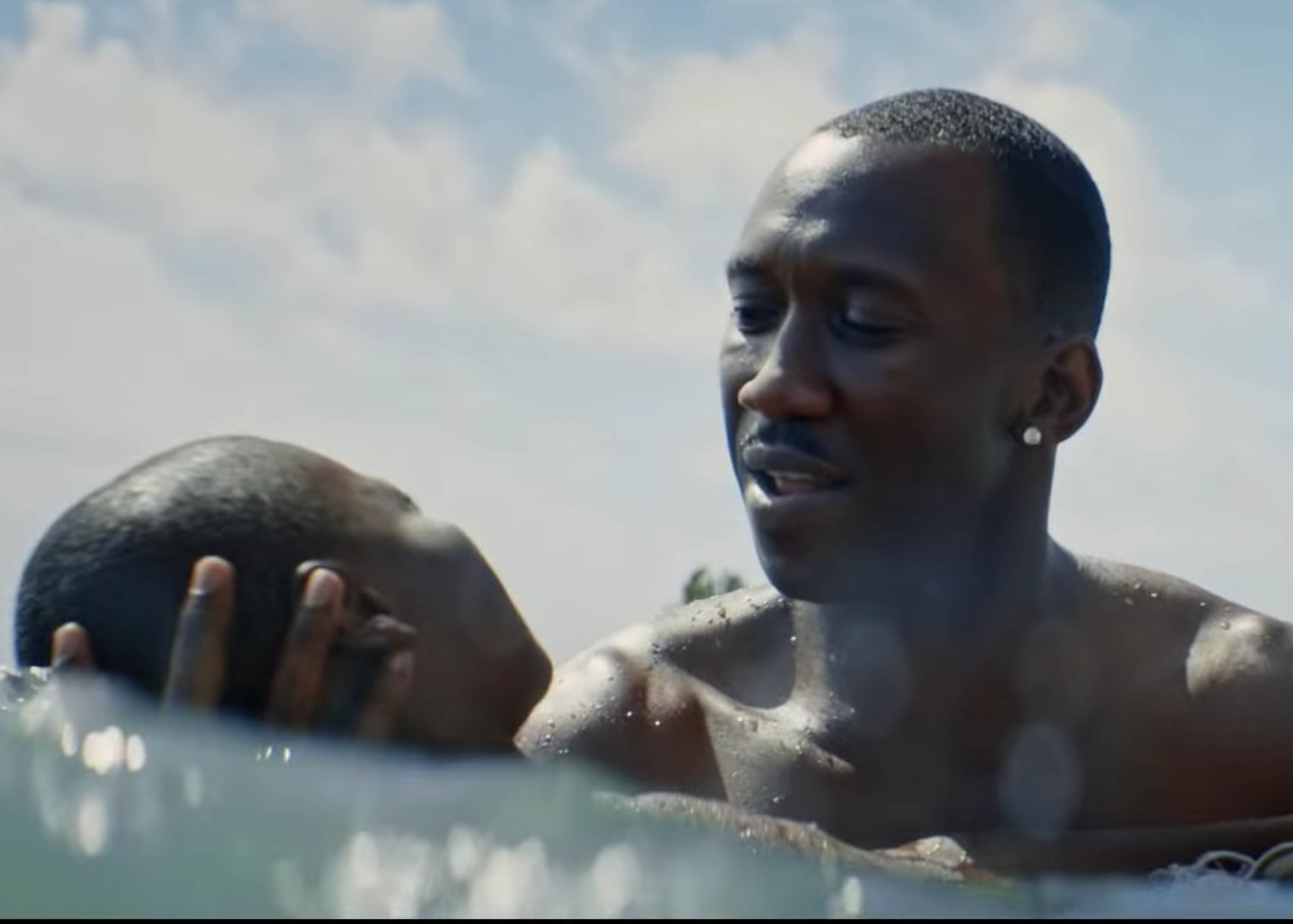The future of television is full of gays. Media representation of queer bodies is at an all-time high, and it shows no signs of stopping.
According to GLAAD’s annual report, LGBTQ+ representation on television hit a record high this year, with 8.8% out of 857 series regulars on broadcast TV openly identified on the gay, trans or queer spectrum. Not all of these shows are conventional dramas that seek to portray the hardships and tribulations—some are merely light-hearted and comedic. More apparent than ever, this particular era in television has begun to showcase representation without exaggeration or falsifying identity.
Genres of television such as reality television is known for gathering a bunch of conventionally-attractive, heterosexual young people who compete for the heart of an eligible bachelor or bachelorette. MTV’s latest season of Are You the One? promises something different: For the first time in the show’s eight-season history, all 16 contestants identify as “sexually fluid” and are attracted to all gender identities.
More than just ranges of sexual orientation, this show tackles various gender identities or lack thereof. The castmates represent a much fuller range of the gendered spectrum, from femme and masc queer men to butch and femme queer women, to nonbinary and trans castmates. In bringing them all together, the show is creating a televisual space to stage the complexities of gender and desire that can come with queer dating and that are rarely seen on television — or in pop culture, period.
Sure, reality television is not the best form of serious storytelling, but one thing that the genre has is ironically realness. There is no cast script or characters. No one is acting out an identity that they don’t live through. The usual depiction of queer bodies almost specifically focuses on the hardships, which is real and deserving but pain is not the only thing that the community experiences.
The LGBTQ+ community deserves representation that gives us shitty reality TV, soap opera dramas, comedies and action movies that cross the boundaries of fictional superheroes or real life villains.
The research reveals that Netflix is the best streaming platform for diverse representation of LGBTQ+ characters. Shows such as Will & Grace, Supergirl, Empire, How to Get Away With Murder, Pose, Steven Universe and so many others “all attract millions of viewers weekly and demonstrate that audiences are hungry for new stories and perspectives,” said Sarah Kate Ellis, the president and chief executive of GLAAD in an interview with The New York Times.

In addition to this, GLAAD found that for the first time queer people of color outnumber their white counterparts on TV.
Pose is groundbreaking in many ways, but none so much as how it represents the queer community. The FX program has gay, trans, bi, intersex and HIV+ people, and more importantly it showcases that they are people just like you. They deserve respect, they deserve love, they lead normal lives and have the same hopes, dreams and aspirations as you. They have sex, they love, they scheme, and they can be absolutely awful.
It’s a show written by LGBTQ+ POC about LGBTQ+ POC for everyone, not just LGBTQ+ POC people. It tells truthful stories using history as a basis, crafting complex, deeply layered characters.
Pose isn’t a depiction of the stereotypical gay characters slapped onto an otherwise straight show for diversity’s sake. Pose isn’t weaving in some faux queer storylines. It tells real queer stories that desperately needs to be told, even if it might make people uncomfortable.
This era is different. We aren’t facing stereotypes and forceful storylines. There are more queer people in the writing room and behind the camera that are protecting the representation.
The numbers are there; people are tuning in. Progress is incremental, but it looks like at least the TV showrunners are listening to continued calls for diversity.

